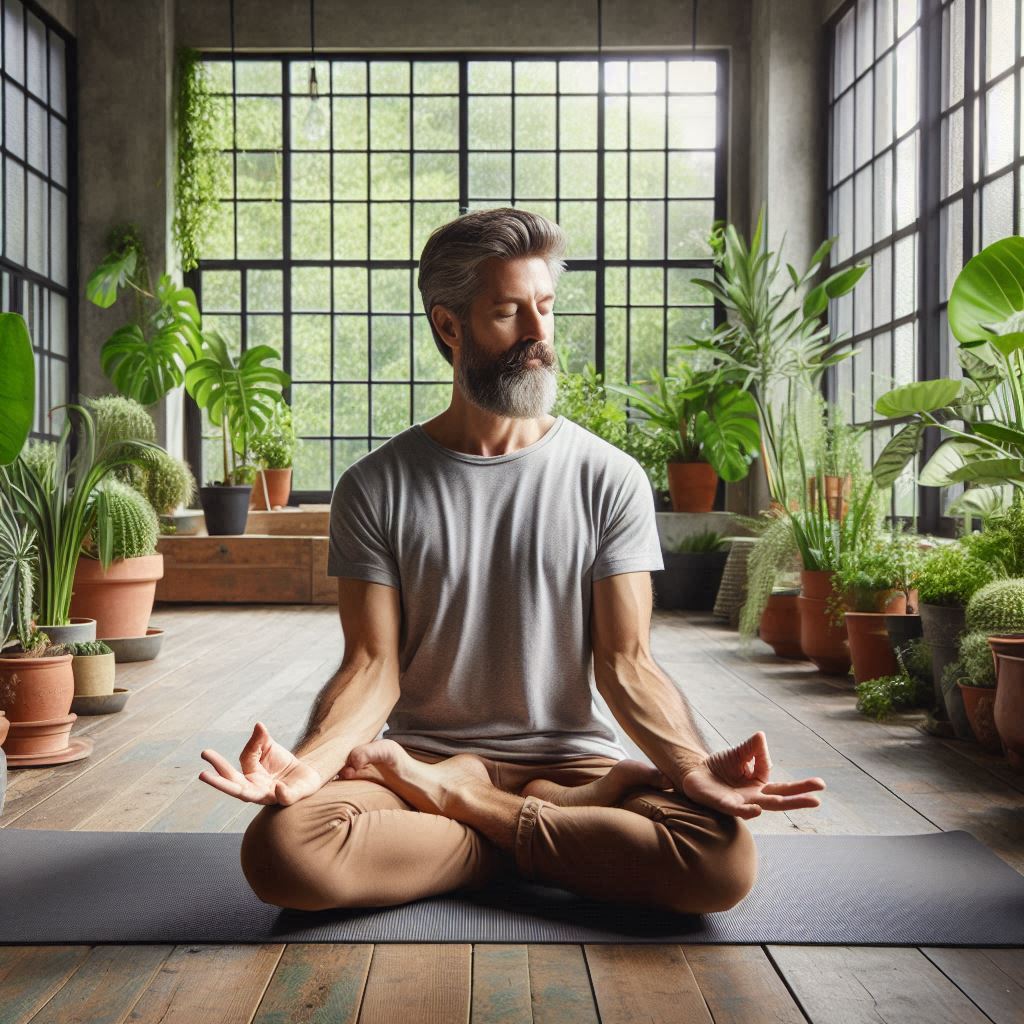Introduction
A mudra is a symbolic or ritual gesture or pose in Hinduism Jainism and Buddhism. While some mudras involve the entire body, most are performed with the hands and fingers.
In Hatha yoga, “mudra” refers to a symbolic hand gesture or body posture that influences the flow of energy within the body. Derived from the Sanskrit word meaning “seal” or “gesture,” mudras are used to enhance meditation, focus, and the overall yoga practice by directing energy to specific parts of the body.
Types of Mudras
Mudras are diverse and can be classified into different categories based on their function and the part of the body they involve. Here are some common types:
1. Hasta Mudras (Hand Gestures):
These are the most commonly used mudras and involve specific positions of the fingers and hands. Examples include:
- Gyan Mudra (Knowledge Gesture): Touch the tip of the thumb and index finger together while keeping the other fingers straight. This mudra enhances concentration and wisdom.
- Prana Mudra (Life Force Gesture): Touch the tips of the thumb, ring finger, and little finger together while keeping the other fingers straight. This mudra boosts vitality and energy levels.
2. Kaya Mudras (Postural Gestures):
These involve the whole body in specific postures to direct energy flow. Examples include:
- Viparita Karani (Inverted Pose): A restorative pose where the legs are elevated against a wall, promoting relaxation and improved blood circulation.
- Yoga Mudra: Sitting in a cross-legged position, bending forward, and touching the forehead to the ground to promote spinal flexibility and mental calmness.
3. Mana Mudras (Head Gestures):
These mudras involve the eyes, ears, nose, tongue, and lips. They are often used in advanced meditation practices. Examples include:
- Shambhavi Mudra (Eyebrow Center Gazing): Focusing the gaze at the point between the eyebrows to enhance concentration and inner awareness.
- Khechari Mudra (Tongue Lock): Rolling the tongue back to touch the soft palate, believed to help control hunger and thirst during long meditation sessions.
Benefits of Mudras
Mudras offer a wide range of benefits, both physical and mental. Here are some of the key benefits:
1. Enhanced Concentration and Focus:
Mudras help calm the mind and improve concentration, making them beneficial for meditation and mindfulness practices.
2. Improved Energy Flow:
By directing the flow of prana (vital life force energy) within the body, mudras can help balance the body’s energy systems and enhance overall vitality.
3. Stress Reduction:
Practicing mudras can induce a state of relaxation, reducing stress and anxiety levels. They activate specific areas of the brain and the nervous system that promote calmness and peace.
4. Physical Health Benefits:
Certain mudras can stimulate different parts of the body, improving digestion, respiratory function, and circulation. For example, Prana Mudra is believed to boost the immune system and improve energy levels.
5. Emotional Balance:
Mudras can help in releasing pent-up emotions and achieving emotional stability. They are often used in therapeutic practices to manage conditions like depression and anxiety.
How to Practice Mudras
Mudras are typically practiced in conjunction with meditation, pranayama (breathing exercises), or yoga asanas (postures). Here’s a simple guide to practicing mudras:
- Choose a Comfortable Sitting Position:
Sit comfortably in a cross-legged position, such as Sukhasana (Easy Pose) or Padmasana (Lotus Pose). Ensure your spine is straight and your body is relaxed. - Select a Mudra:
Choose a mudra based on your intention or the benefit you wish to achieve. Place your hands in the desired gesture. - Focus on Your Breath:
Close your eyes and focus on your breath. Breathe deeply and evenly, allowing your mind to settle into a state of calm. - Hold the Mudra:
Maintain the mudra for a few minutes, gradually increasing the duration as you become more comfortable with the practice. - End with Gratitude:
When you’re ready to finish, slowly release the mudra and take a few moments to sit quietly, reflecting on the practice and expressing gratitude.
Conclusion
Mudras are a powerful tool in Hatha yoga, offering a range of benefits from enhanced concentration and energy flow to stress reduction and emotional balance. By incorporating mudras into your yoga practice, you can deepen your connection to your body and mind, fostering a greater sense of harmony and well-being.

